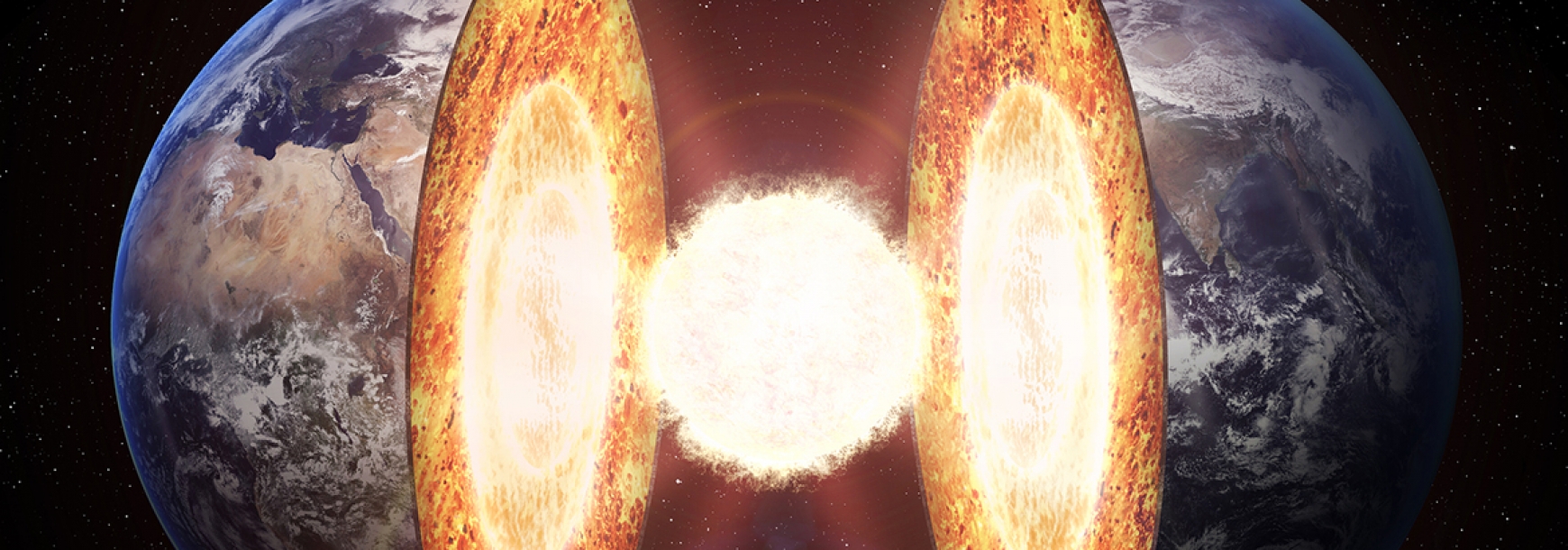Geothermal energy, although most effective in regions of volcanic activity where underground temperatures are highest, is an available energy source all around the globe. Whilst the Netherlands (hopefully!) may not be about to erupt, a group of Dutch growers has invested in geothermal energy to heat their greenhouses.
For this project, thermal energy from the Earth (obtained via wells that have been drilled to a depth of 2,000 metres) is used to heat water and is then piped around the greenhouses.
Driven by a desire to make their businesses more sustainable, the growers aim to reduce their natural gas usage by two-thirds through the implementation of geothermal heating. Current annual usage averages at 1.2 million cubic meters across a total area of 49 hectares.
Despite current gas prices being incredibly low (meaning minimal fuel savings), the finite supply of natural gas makes it unsustainable as a long-term fuel source.
By placing such importance on developing a sustainable industry, the group hopes to appeal to eco-conscious consumers, while simultaneously reducing the sensitivity of their businesses to increasing fossil-fuel prices.
Having first been used in Italy in 1904 [1], geothermal energy is not a new concept. Shallow geothermal systems, such as ground-source heat pumps, are not uncommon in the UK, but deeper systems can achieve much greater increases in temperature. The geothermal gradient in the UK averages 26°C per kilometre depth. With the Dutch planning several more deep geothermal projects over the next year or so, perhaps this could be a viable technology for UK growers too.


